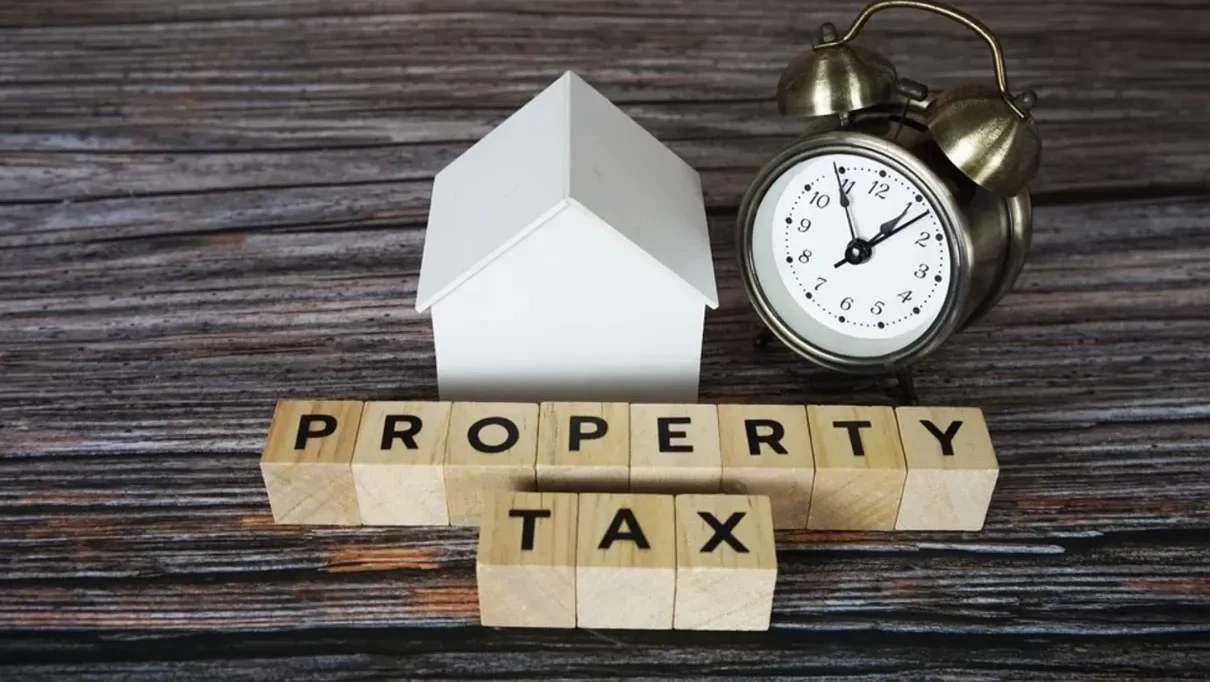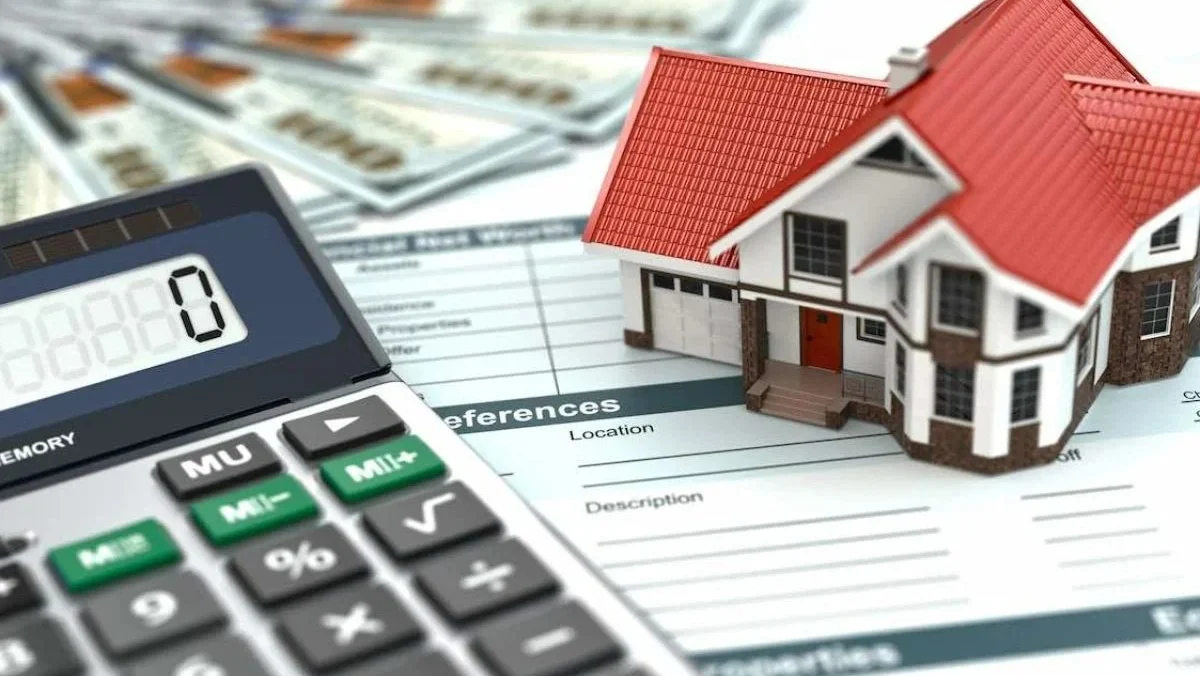
Property taxes are a significant expense for homeowners, business owners, and real estate investors, often calculated based on the assessed value of your property as determined by your county appraisal district. If this value is higher than the fair market value—what your property would sell for under normal conditions—you could be overpaying by hundreds or thousands of dollars annually. Filing a property tax protest allows you to challenge an inflated assessment, and market-based strategies are among the most effective ways to build a compelling case. By leveraging data on comparable sales, market trends, and property-specific factors, you can persuade the appraisal district or Appraisal Review Board (ARB) to lower your assessed value. This comprehensive guide explores proven market-based strategies for reducing your property tax bill, offering practical steps and tips to maximize your savings.
Why Market-Based Strategies Work
Market-based strategies focus on proving that your property’s assessed value exceeds its fair market value, which is the cornerstone of most property tax protests. Appraisal districts aim to set assessments based on what properties would sell for in a competitive market, but their mass appraisal methods can lead to errors, such as overlooking recent sales data or failing to account for local market shifts. By presenting evidence grounded in actual market activity—like comparable sales or declining price trends—you align your argument with the district’s own valuation principles, making it harder for them to dismiss. A successful protest can yield significant savings. For example, reducing a $500,000 assessment by $50,000 at a 2.5% tax rate saves $1,250 annually. This guide details how to use market-based approaches to build a strong case, whether you’re handling the protest yourself or working with a consultant.
Key Market-Based Strategies for Your Protest
These strategies leverage market data to argue for a lower assessed value, supported by evidence that resonates with appraisers and the ARB:
1. Use Comparable Sales (Comps) to Argue Market Value
- What It Is: Identify recent sales of properties similar to yours in size, age, location, and condition that sold for less than your assessed value.
- Why It Works: Comps provide direct evidence of what buyers are paying in your market, forming the backbone of a market value argument.
- How to Do It:
- Select Recent Sales: Choose 3–5 sales from the last 6–12 months, as older data is less relevant. The appraisal date (often January 1) is the benchmark for value.
- Match Key Characteristics: Focus on properties within a half-mile (or same neighborhood) with similar square footage, bedrooms, bathrooms, lot size, and construction year.
- Adjust for Differences: Account for variations (e.g., a comp with a pool vs. your home without one) to propose a fair value. For example, subtract $10,000 from a comp’s sale price if it has an extra bedroom.
- Source Reliable Data: Use Multiple Listing Service (MLS) data via a realtor, county sales records, or professional appraisal services instead of public sites like Zillow, which may have inaccuracies.
- Present Clearly: Create a table comparing your assessed value to comps’ sale prices, including key features and adjustments.
- Example: If your home is assessed at $450,000, but three similar homes sold for $405,000, $410,000, and $415,000, argue for a $410,000 value, supported by a table and map showing their proximity.
Tip: Highlight comps closest in location and sale date, as these carry the most weight with the ARB.
2. Highlight Local Market Trends
- What It Is: Provide data on broader market conditions, such as declining home prices, increased inventory, or slower sales in your area.
- Why It Works: Appraisal districts may not fully account for recent market shifts, especially in a cooling real estate market, allowing you to argue that your assessment is outdated.
- How to Do It:
- Research Market Data: Collect reports from real estate websites, local realtor associations, or news articles showing trends like a 5% price drop or a surge in homes for sale.
- Focus on Your Area: Use neighborhood- or city-specific data rather than national trends, as appraisals are locally driven.
- Support Comps: Use market trends to contextualize your comps, explaining why your assessment doesn’t reflect current conditions.
- Source Credibly: Cite reputable sources like Redfin, local housing market reports, or government data (e.g., county sales statistics).
- Present Concisely: Include a brief summary or chart showing trends, such as “Median home prices in [City] fell 4% from Q4 2024 to Q1 2025.”
- Example: If local home prices dropped 6% in 2024, and your $400,000 assessment reflects last year’s hotter market, argue for a $376,000 value, supported by comps and a market report.
Tip: Use market trends as supplementary evidence, not your primary argument, as comps are more persuasive.
3. Document Property-Specific Market Factors
- What It Is: Highlight conditions unique to your property that reduce its market appeal, such as outdated features, structural issues, or external factors like nearby commercial development.
- Why It Works: Buyers pay less for properties with drawbacks, and documenting these lowers your property’s perceived market value compared to comps.
- How to Do It:
- Identify Issues: Note problems like an outdated kitchen, cracked foundation, or proximity to a noisy highway.
- Take Photos: Capture clear, timestamped images of issues (e.g., water-damaged ceilings, 30-year-old HVAC).
- Obtain Repair Estimates: Get 1–2 written quotes from licensed contractors to quantify repair costs (e.g., $12,000 for roof replacement).
- Compare to Comps: Explain how your property’s condition or location is inferior to comps, justifying a lower value.
- Include External Factors: Document market-dampening issues like a nearby landfill or new industrial zoning, using photos or public records.
- Example: If your home has a $15,000 foundation repair need, and comps sold for $420,000 are in better condition, argue for a $405,000 value, supported by photos and an estimate.
Tip: Focus on high-impact issues that buyers notice, as minor cosmetic flaws (e.g., worn carpet) have less influence.
4. Leverage Unequal Appraisal Arguments
- What It Is: Show that your property is assessed higher than similar properties in your neighborhood, violating the “equal and uniform” principle allowed in some states.
- Why It Works: Even if your market value is accurate, unequal appraisals ensure fairness by aligning your assessment with comparable properties.
- How to Do It:
- Identify Similar Properties: Find 5–10 properties in your neighborhood with similar size, age, and type.
- Compare Assessments: Use the appraisal district’s online database to check their assessed values, looking for lower valuations than yours.
- Adjust for Differences: Account for minor variations (e.g., a slightly smaller lot) to ensure fair comparisons.
- Present Clearly: Create a table showing your assessment vs. others, highlighting disparities.
- Source Data: Rely on the district’s records for accuracy, as these are their own figures.
- Example: If your home is assessed at $430,000 but five similar homes are at $390,000–$400,000, argue for a $395,000 value based on uniformity.
Tip: Check if your state allows unequal appraisal protests, as not all do (e.g., Texas permits this, but California does not).
5. Use an Independent Appraisal
- What It Is: Hire a licensed appraiser to provide a professional estimate of your property’s market value.
- Why It Works: An independent appraisal carries significant weight, offering an expert opinion that can counter the district’s valuation.
- How to Do It:
- Hire a Qualified Appraiser: Choose one with local experience and credentials (e.g., MAI or SRA designation).
- Specify the Valuation Date: Ensure the appraisal aligns with the district’s valuation date (often January 1).
- Focus on Market Value: Request a report emphasizing comps and market conditions, tailored to tax protest needs.
- Weigh Costs: Appraisals cost $300–$600, so use them for high-value properties or complex cases where savings justify the expense.
- Present Professionally: Submit the appraisal report with your protest, summarizing its findings in your presentation.
- Example: An appraisal valuing your $550,000-assessed home at $510,000, backed by comps and condition analysis, can support a $40,000 reduction.
Tip: Combine an appraisal with comps and condition evidence for a stronger case, as appraisals alone may not suffice.
Step-by-Step Guide to Implementing Market-Based Strategies
Follow these steps to apply these strategies effectively:
1. Review Your Appraisal Notice
- Check the assessed value, property details, and protest deadline (typically 30–45 days from receipt or May 15).
- Compare the value to recent sales in your area using tools like Redfin or county records as a starting point.
- Note any errors (e.g., wrong square footage) that could support your case alongside market data.
Tip: Save a copy of the notice and highlight discrepancies for your protest.
2. Gather Comparable Sales
- Access MLS data through a realtor, county sales records, or a property tax consultant.
- Select 3–5 comps within a half-mile, sold within 6–12 months, closely matching your property’s features.
- Adjust for differences (e.g., subtract $5,000 for a comp with a garage if yours lacks one).
- Organize in a table with columns for address, sale price, sale date, square footage, and adjustments.
Tip: Include a map showing comps’ locations to emphasize their relevance.
3. Research Local Market Trends
- Collect data from real estate reports, local news, or realtor blogs showing price declines, high inventory, or slow sales.
- Focus on trends specific to your city or neighborhood (e.g., “[City] home prices fell 3% in Q1 2025”).
- Summarize findings in a paragraph or chart, citing sources like “[Local Realtor Association] Market Report, March 2025.”
Tip: Use free sources like Redfin’s market insights or county housing data to avoid costs.
4. Document Property-Specific Factors
- Inspect your property for issues like outdated systems, structural damage, or external nuisances (e.g., nearby construction).
- Take clear, timestamped photos of problems, labeling them (e.g., “Kitchen, outdated cabinets, May 2025”).
- Obtain 1–2 contractor estimates for repairs, ensuring they’re on official letterhead.
- Note external factors with photos or records (e.g., zoning change notices).
Tip: Prioritize issues that impact market value, like a leaky roof, over minor wear.
5. Check for Unequal Appraisals
- Use the appraisal district’s online database to find assessments of similar properties in your neighborhood.
- Select 5–10 properties with lower values, documenting their size, age, and assessment.
- Create a table comparing your assessment to theirs, adjusting for minor differences.
Tip: Ensure data is from the same tax year as your assessment for accuracy.
6. Consider an Independent Appraisal
- Hire a licensed appraiser with local expertise for high-value or complex properties.
- Request a report tailored to the district’s valuation date, emphasizing comps and condition.
- Combine the appraisal with other evidence (e.g., your own comps, photos) for a comprehensive case.
Tip: Ask the appraiser about their experience with tax protests to ensure relevance.
7. Organize and Present Your Evidence
- Compile evidence in a binder or digital folder with sections for comps, market trends, condition, and unequal appraisals.
- Include a one-page summary proposing your requested value (e.g., “Based on comps and condition, I request a $410,000 value”).
- Use visual aids like tables, charts, or maps to make data clear and persuasive.
- Bring extra copies of your evidence packet for the ARB and appraiser.
Tip: Practice a 5–7 minute presentation summarizing your evidence, focusing on your strongest points.
8. Consider Hiring a Consultant
- A property tax consultant can enhance your market-based strategies with:
- Access to premium data (e.g., MLS, CoStar).
- Expertise in local market trends and ARB preferences.
- Professional presentation skills for hearings.
- Many work on contingency (e.g., 30–50% of savings), reducing your risk.
Tip: Choose a consultant with local experience and positive reviews, as outlined in our blog post, “How to Choose the Right Property Tax Consultant.”
Common Mistakes to Avoid
- Using Weak Comps: Avoid comps that are too old, too far away, or dissimilar (e.g., a condo vs. your single-family home).
- Ignoring Adjustments: Failing to account for differences between your property and comps weakens your argument.
- Overloading Evidence: Presenting 10+ comps or irrelevant market data can dilute your case. Stick to 3–5 strong pieces.
- Relying Solely on Trends: Market trends are supplementary; comps and condition are primary.
- Poor Presentation: Disorganized evidence or emotional arguments (e.g., “Taxes are too high!”) reduce credibility.
Real-World Example
Consider Lisa, whose commercial property is assessed at $1.2 million, but she believes it’s worth $1.1 million. She uses market-based strategies:
- Comps: Finds three similar commercial properties sold for $1.05M–$1.1M, within a mile, adjusted for slight size differences.
- Market Trends: Cites a local report showing a 4% decline in commercial property prices due to oversupply.
- Condition: Documents outdated HVAC with a $20,000 repair estimate, supported by photos.
- Unequal Appraisal: Shows five similar properties assessed at $1.05M–$1.08M.
Lisa organizes her evidence in a binder with a summary requesting a $1.1M value. At the ARB hearing, her clear presentation secures a $100,000 reduction, saving $2,500 annually at a 2.5% tax rate.
Why Market-Based Strategies Are Effective
Market-based strategies align with the appraisal district’s goal of setting fair market values, making them hard to dispute when supported by robust evidence. They allow you to correct overvaluations, claim missed exemptions, and set a precedent for future assessments, as districts often base new values on prior ones. Even a partial reduction can yield long-term savings, especially for high-value properties.
Taking the First Step
Start your property tax protest by reviewing your appraisal notice for errors or overvaluations. Gather comps from county records or a realtor, research local market trends, and document property issues with photos and estimates. Check for unequal appraisals using the district’s database and consider an independent appraisal for complex cases. File your protest by the deadline (typically May 15 or 30–45 days from the notice) and prepare a clear presentation. For a stress-free process, hire a property tax consultant to leverage premium data and local expertise.
For more details, visit your county appraisal district’s website or contact their office for protest forms, deadlines, and resources. Take action now to lower your property tax bill with market-based strategies.
Disclaimer: Property tax laws and procedures vary by state and county. Always verify local rules with your appraisal district or a qualified professional. This guide is for informational purposes and does not constitute legal advice.
You Might Also Like
Popular Categories
Popular News

Frisco
Frisco Approves Maximum Homestead Exemption to Boost Property Tax Relief July 2, 2025
Collin County News
Over 315 Homes Sold in McKinney in May: Real Estate Snapshot July 2, 2025
Flower Mound - Highland Village - Argyle
Planned Power Outage Scheduled June 30 for Parts of Argyle June 30, 2025
Grapevine - Colleyville - Southlake
🚨 Southlake Approves $27 Million in Contracts for New Service Center & Public Safety Tower June 27, 2025
Collin County News
Celina Explores Expansion with 125 New Homes in “Glen at Uptown” June 27, 2025
Collin County News
Texas Voters to Decide on Three New Property Tax Exemptions This November June 25, 2025
Collin County News
ERCOT Forecasts Record Electric Demand as Texas Braces for Scorching Summer June 25, 2025
Collin County News
Collin County Switches to Hand‑Marked Paper Ballots for November June 23, 2025










